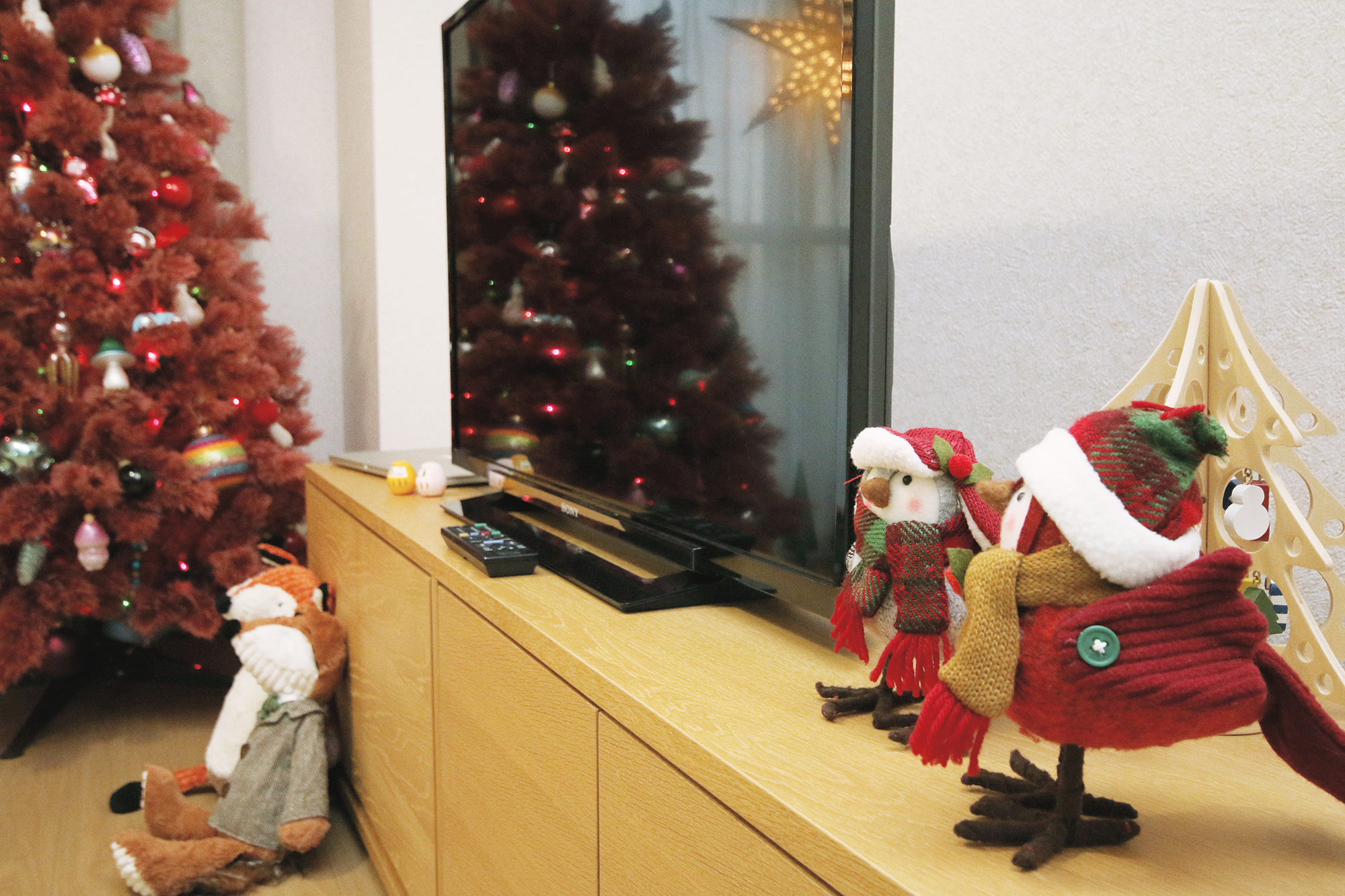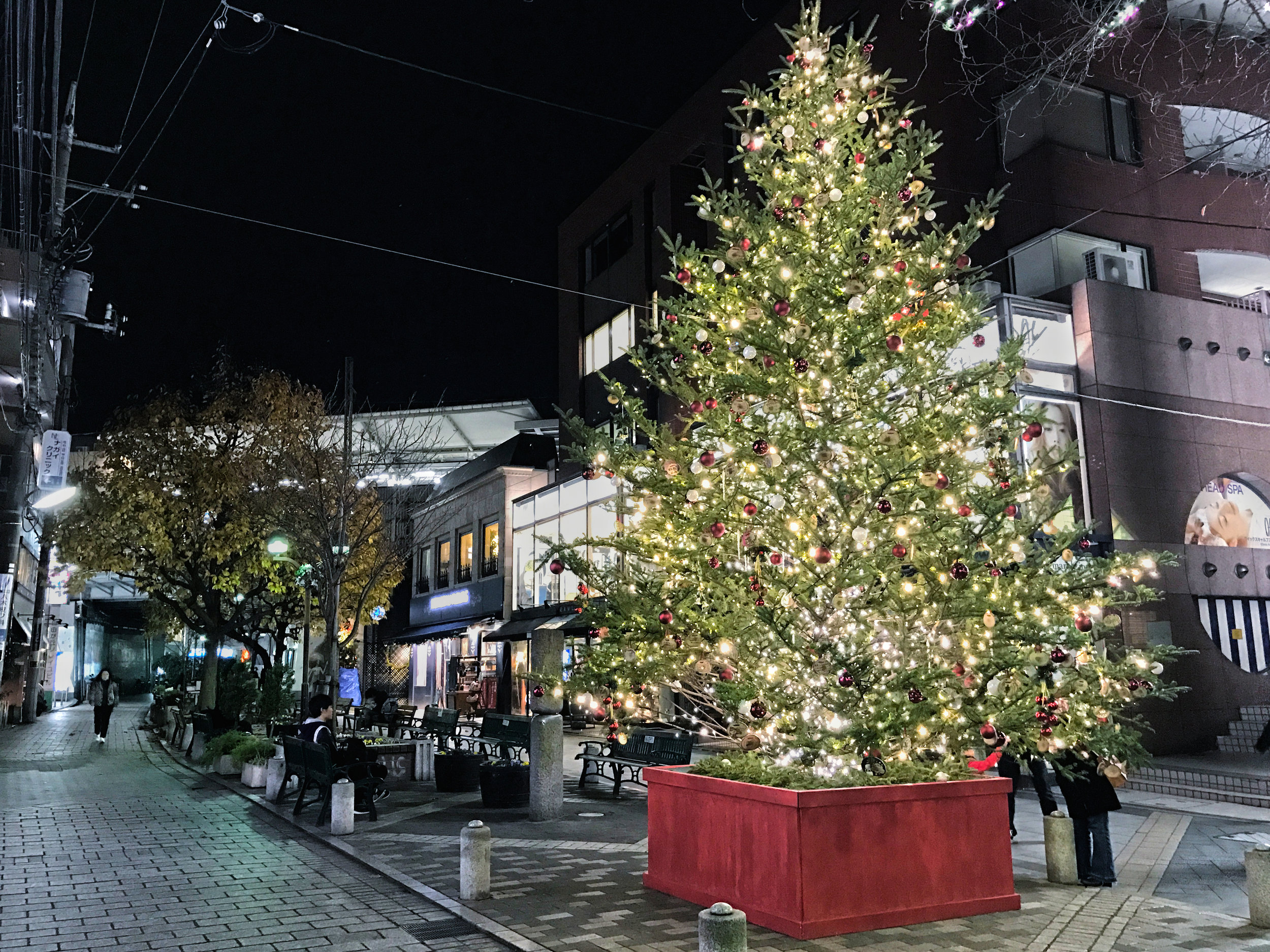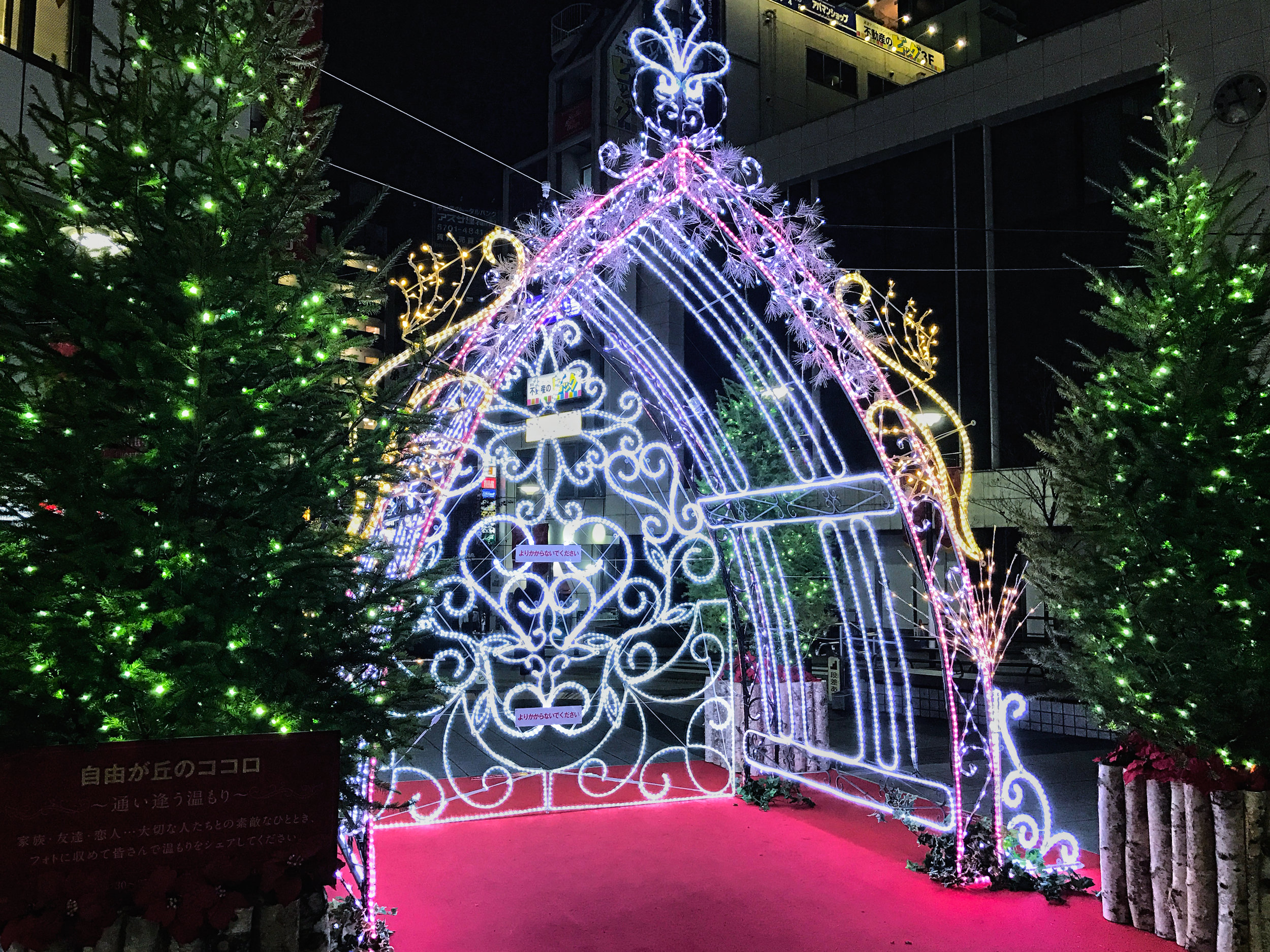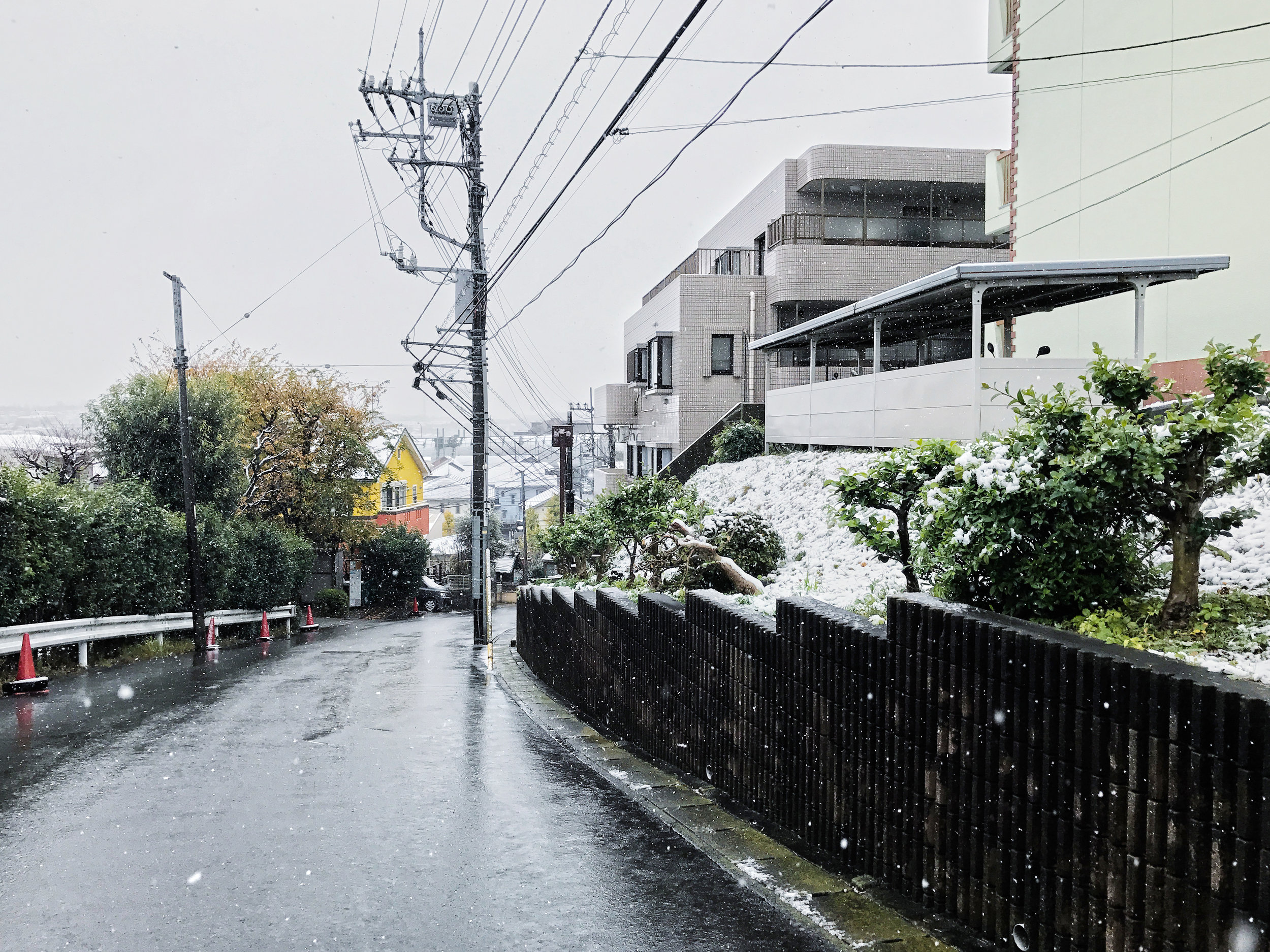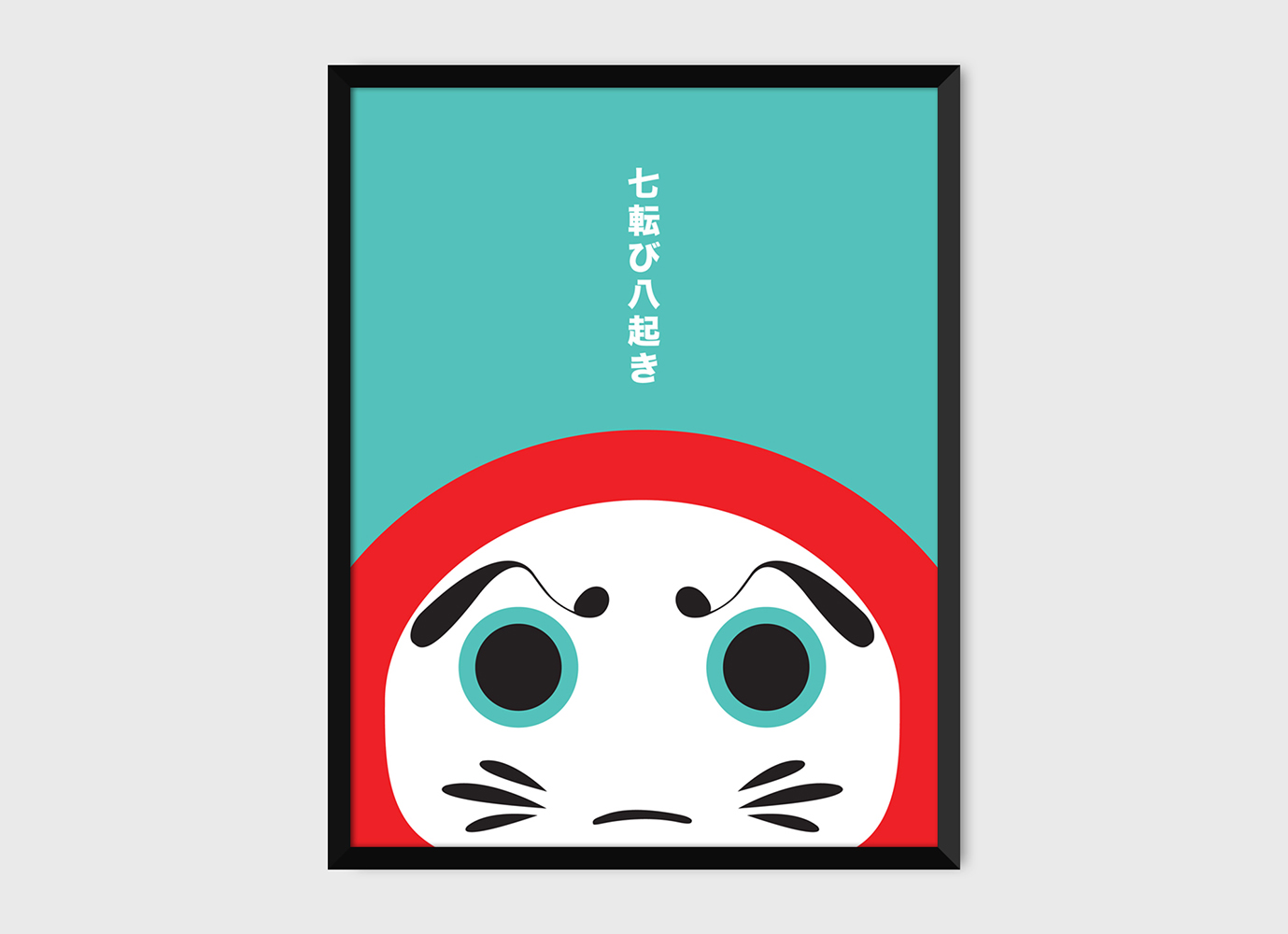It seems as if it has been forever since our last post with the “big” news. And despite being completely overwhelmed with boxes and unpacking these past few weeks, I felt Christmas is a good time to take that break and catch up on all that has been going on in our new world.
Our place still looks like a massive game of fort that has taken over our lives with the daily mission of finding the holy grail—that item you really need right now. But even in all this commotion and cardboard confusion, we did not forget the holiday cheer. Sure we were a little late in the setup, but against all odds we managed to carve out a spot in our home that is orderly and dressed in all its festive attire. Our tree and our entire collection of tree ornaments arrived without a scratch, which is a gift in itself, and have now become our little winter holiday oasis reminding us that even though the location is different, our family is together and the same as always.
Decorations might have been delayed, but our Christmas came early this year as all our wishes came true. And with that we hope that this winter holiday season whatever it is that you wish for, and whether it fits under the tree or not, will come true for you as well! From our family to yours, Merry Christmas and Happy Holidays!!!
Christmas Japanese Style
Last year I wrote a post about the quirks of Christmas in Japan. When we arrived here in Japan almost two months ago, the Christmas decoration and merchandising was already in full swing. The shops were playing the all-time Christmas classics. The shelves were stocked full of funny Santas, Christmas tree decor, … and wreaths! The last one was most surprising. Every department store, grocery shop, and outdoor flower stalls were filled with reasonably priced wreaths! Emphasis on the reasonably priced as I find most wreaths in Canada cost double of the asking price here. Last time we were shopping for Christmas decor in 2012 we found a decent holiday decor selection but nothing too creative. And I can’t seem to remember seeing any wreaths at all. This year was definitely a step up as I feel the wreaths and the toys can finally compete on the same level with the Christmas stock of mega malls back home.
So why such a change? Perhaps it was finally brought on by the demand. People are decorating their places. Many doors in my neighbourhood alone are adorned with wreaths. Leaving me to imagine that the inside may be just as festive as the outside. We saw families stocking up on the decorations. Stores are even promoting their vast selections of full size Christmas trees to bring home. IKEA was actually in full swing on selling the real trees to their customers. Not sure what happens after though, as disposing of anything larger than a microwave box can be more than troublesome. But clearly against all odds in the short four year time, Christmas is finally beginning to become more of a family celebration here as well.
Christmas is all around us… in Japan.
Illumination is in full swing. It is the best part of treading the winter cold in Tokyo during the holidays.
Anpanman is taking on the role of cosplaying as Santa Claus and the public loves it! He is on Christmas cards, children’s Christmas books, and advent calendars. He is the real east meets west.
Christmas in the unlikeliest places. Someone clearly felt that this construction site was missing out on the holiday cheer. :)
Starbucks never ceases to amaze.
And last but not least … almost white Christmas.
Last month in November we experienced the one and only snowfall for a day. What makes it even more special is that it hasn’t snowed here in November for over 50 years! Dare I say, I felt like a Gilmore Girl.
We hope you enjoyed our little Christmas update. Merry Christmas! Happy unwrappings! Happy Holidays!




